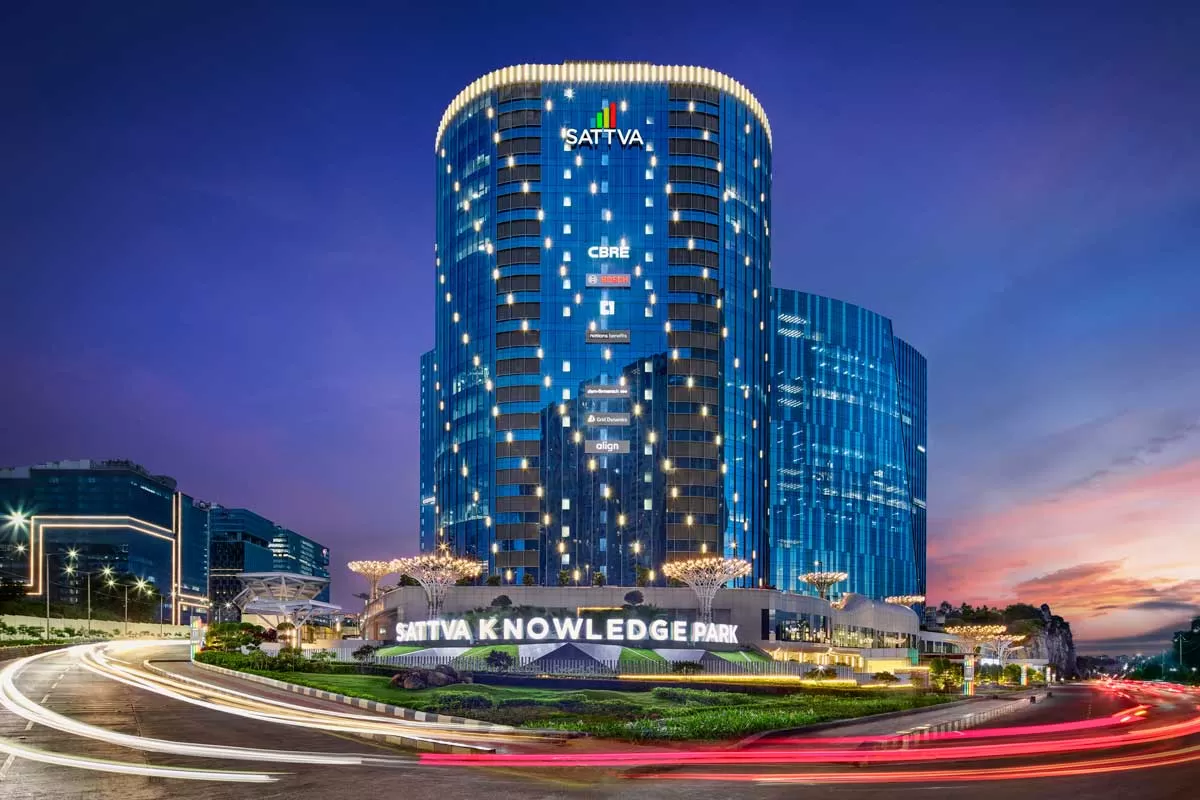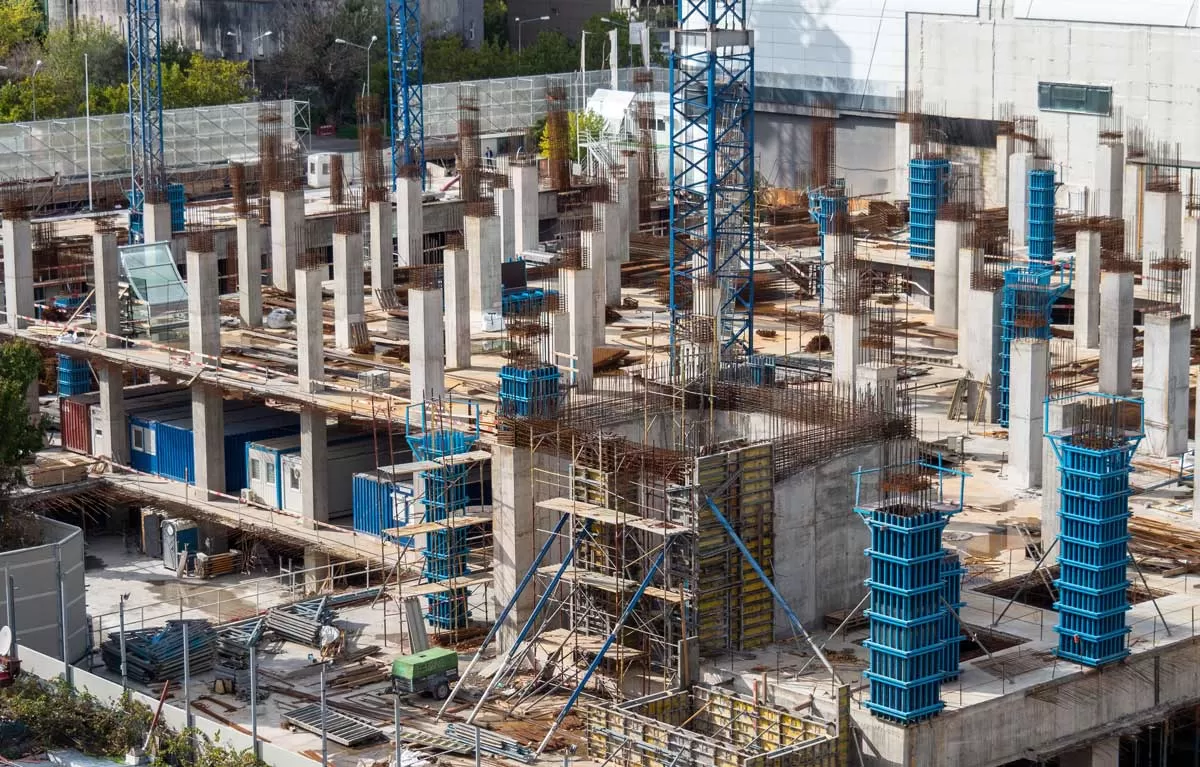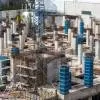Announcements made at the Union Budget 2020-21 certainly have some indirect benefits for the freight and logistics sector. Be it the focus on highway development, railway modification or creation of warehousing facilities at Taluk levels – according to CW’s analysis, the freight sector has announcements in the Budget 2020 outcome that make an impact.
Firstly, the focus on the Indian transport infrastructure in 2020-21 with a total provision of Rs 1.70 trillion includes highway development, increased focus on the railways' betterment and also focus on waterway development.
Highway development
As for the announcement with reference to the accelerated development of highways, the Finance Minister categorically stated that this will include development of 2,500 km access control highways; 9,000 km of economic corridors; 2,000 km of coastal and land port roads and 2,000 km of strategic highways. In perspective, about 65 per cent of freight and 80 per cent of passenger traffic is carried by the roads. Further, the National Highways carry about 40 per cent of the total road traffic. We at CW opine that this focus on road development would make a positive impact on the freight segment.
The Delhi-Mumbai Expressway and two other packages would be completed by 2023. In addition to that, Chennai-Bengaluru Expressway would also be started. It is a known fact that better highway results in lower turnaround time and hence further result in better operational efficiency for the logistic operators. The faster movement of goods also helps improved trade. The Union Budget has considered that the funding requirement for highway development is met. With the segment that carries the maximum logistic traffic receiving funding for development – CW expects an improvement in the operational efficiency of the freight and logistic players. The Pradhan Mantri Gram Sadak Yojana (PMGSY) is also expected to create the last mile connectivity resulting in faster transportation and turnaround time.
Railway: Development expected to reduce freight cost
Railway is considered as a cheaper option to carry freight as compared to road transport. However, with capacity constraints, the railway has not been able to fully service the Indian logistic segment. In Budget 2020-21, the Finance Minister has announced few measures to improve railway service. This includes electrification of 27,000 km of tracks. Apart from this, the government plans to build a seamless national cold supply chain for perishables, inclusive of milk, meat and fish. Here, the Indian Railways will set up a Kisan Rail through PPP arrangements. There shall be refrigerated coaches in express and freight trains as well. A lot of perishable items used to face problems in transportation and hence no new market was created for such products. The refrigerated coaches will create newer market for the producers and even higher opportunities in terms of volume for logistic players. In addition to this, as a backward linkage, a Village Storage scheme is proposed to be run by the self-help groups (SHGs). This will provide farmers a good holding capacity and reduce their logistics cost. Longer life for perishable goods would result in better volumes for logistic players. The 150 trains expected on PPP will be another opportunity for the freight and logistic sector.
Waterways: New avenue
Inland waterways have received a boost in the last five years, and that the Jal Vikas Marg on National Waterway-1 will soon be completed. Here, the Finance Minister has stated that “Developing waterways has its impact on the eco-system on both banks of the river. Our Prime Minister has conceptualised “Arth Ganga”. Plans are afoot to energise economic activity along river banks”. She further stated that the 890 km Dhubri-Sadiya connectivity will be done by 2022. Water transport and logistics being the cheapest ways of transport stand beneficial for logistic operators as well as the manufacturers.
Airport development: Speedier way of logistic
Air traffic has been growing rapidly in the country as compared to the global average. One hundred more airports would be developed by 2024 to support the Udaan scheme. It is expected that the air fleet number shall go up from the present 600 to 1,200 during this time. Along with passenger growth, CW expects growth in air freight as well. Further, ‘Krishi Udaan’ will be launched by the Ministry of Civil Aviation on international and national routes. This will immensely help improve value realisation especially in the North-East and tribal districts.
National Logistic Policy
Along with the focus on transportation infrastructure, the government will release a National Logistics Policy soon. The announcement is expected to clarify the roles of the Union Government, State Governments and key regulators. This policy will create a single-window e-logistics market and focus on the generation of employment, skills and making MSMEs competitive. We at CW feel, the policy if executed in the right manner, will not only create job opportunities but also result in operational efficiency for freight operators.
Benefits of GST accruing now
The Finance Minister suggested that, true to this vision for the historic structural reform, the Goods and Services Tax has been gradually maturing into a tax that has integrated the country economically. It has consolidated numerous taxes and cesses to one tax and facilitated the formalization of the economy. This has resulted in efficiency gains in the logistics and transport sectors. The turnaround time for trucks has witnessed a substantial reduction to the tune of 20 percent due to abolition of check posts in GST.

















